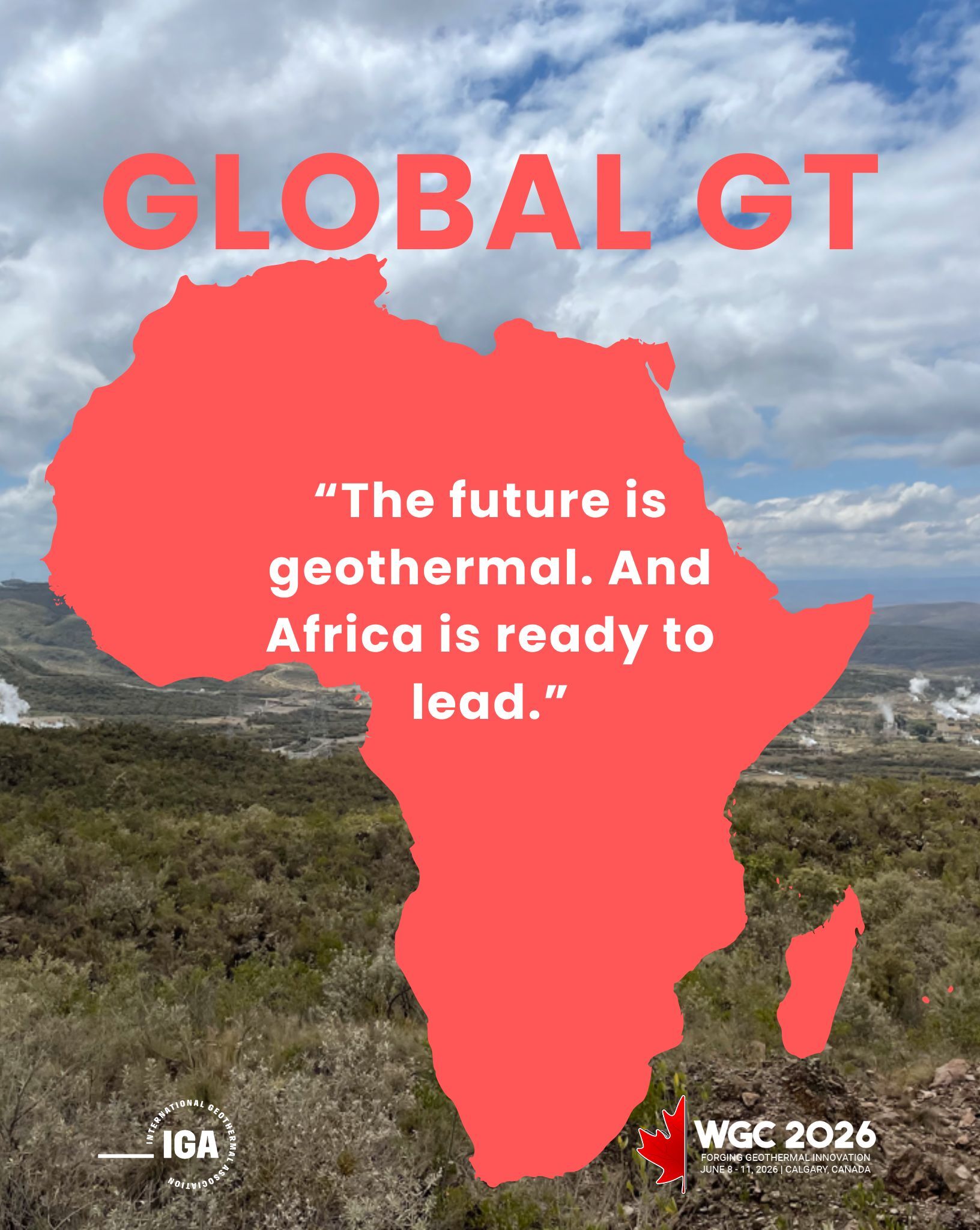Fast forward to today and East Africa is the Geothermal Powerhouse of the continent
East Africa stands at the epicentre of Africa’s geothermal revolution. Kenya leads the charge with an impressive 1 GW of installed geothermal capacity—nearly half of the country’s electricity mix—powered by world-class projects like Olkaria V, Olkaria VI, and Menengai. This makes Kenya not just a continental leader, but a global success story in clean baseload energy.
Across the East African Rift, Ethiopia is building momentum, with major projects like Aluto Langano, Corbetti, and Tulu Moye. Tanzania, too, is progressing exploration at sites such as Songwe, Ngozi, Mbeya, and Mt. Meru. Smaller nations—Djibouti, Uganda, Rwanda, and Burundi—are planting the seeds of geothermal development.
Estimates suggest East Africa alone could deliver up to 17 GW of installed geothermal capacity by 2045, putting the region on track to lead the world in sustainable geothermal energy.
But the geothermal story doesn’t stop at the Rift.
Thanks to advances in technology—particularly Binary Organic Rankine Cycle (ORC) systems—Central and West Africa are stepping into the geothermal spotlight. Granitic regions in Chad, Cameroon, Nigeria, Ghana, Côte d’Ivoire, Senegal, Mauritania, Gabon, Republic of Congo, and Angola are ideal for off-grid power, direct-use heat, and decentralized energy systems.
In the Southern African Development Community (SADC), countries like South Africa, Namibia, Zambia, Botswana, and Zimbabwe are exploring geothermal to support mining, rural electrification, and resilient infrastructure. Medium-enthalpy geothermal is uniquely suited to power small towns and the continent’s booming mineral processing industry.
Even Africa’s island territories are joining the movement. The French territory of Mayotte is undertaking deep drilling at Petite-Terre, while Comoros and Seychelles are exploring geothermal to enhance energy sovereignty and climate resilience.
Geothermal also doesn’t stop at power.
Eleven of the African nations are already using geothermal for heating and cooling across the health and well being, agricultural and industry sectors. In addition to Kenya and Ethiopia, these include Algeria, Burundi, Egypt, Madagascar, Malawi, Morocco, Nigeria, South Africa, and Tunisia.
Turning Challenges into Catalysts
Yes, there are challenges—but each one is an opportunity in disguise.
High upfront costs and long development timelines remain hurdles. But these are not barriers—they are calls for bold partnerships, patient capital, and long-term thinking. International finance, public-private collaboration, and regional power pools can help de-risk investment and accelerate delivery.
Exploration risks are real, particularly in frontier regions. But with each drilling success, the science improves, the risk decreases, and the case for geothermal becomes stronger. East Africa is already showing how smart exploration and phased development can unlock huge returns.
Regulatory gaps and capacity constraints can slow progress. But they also present the chance to build smarter policies, develop homegrown expertise, and design energy systems fit for the future. Programs focused on geothermal training, regional centers of excellence, and shared learning will uplift entire generations of African energy leaders.
And while geothermal often competes for attention with solar and wind, its unique role—reliable, round-the-clock baseload power—makes it the perfect complement in a diversified, resilient energy mix.
The Future is Hot, and It’s African
Africa’s geothermal momentum is real. By 2030, the continent could double or triple its current capacity, outpacing even Europe. By 2045, Africa could become a global leader, with 17 GW of installed capacity powering industry, cities, and communities with clean, indigenous energy.
This is more than just an energy transition—it’s an energy transformation. Africa has the heat beneath its feet, the innovation in its people, and the vision to rise as a global geothermal force.
The time is now. The future is geothermal. And Africa is ready to lead.

